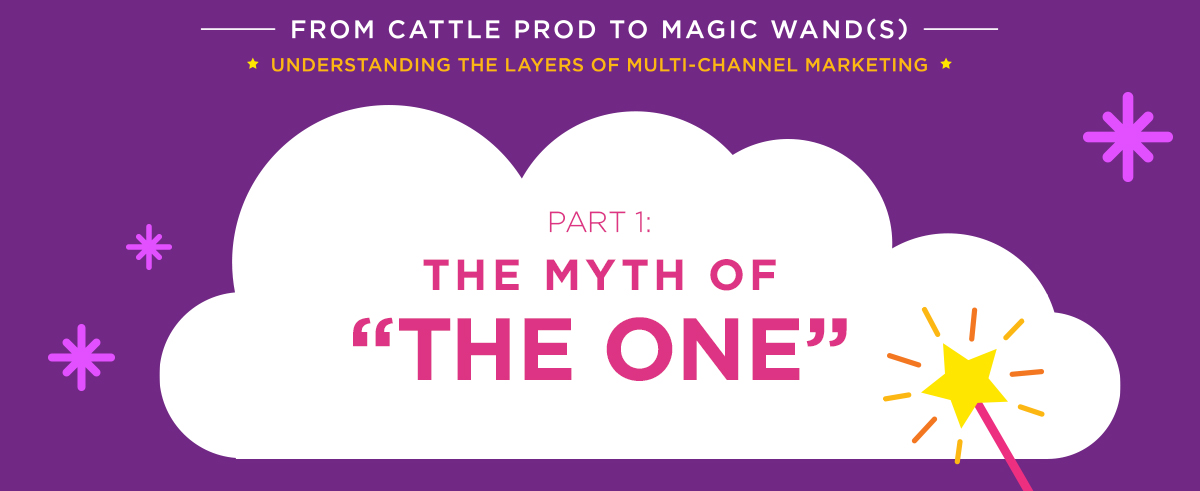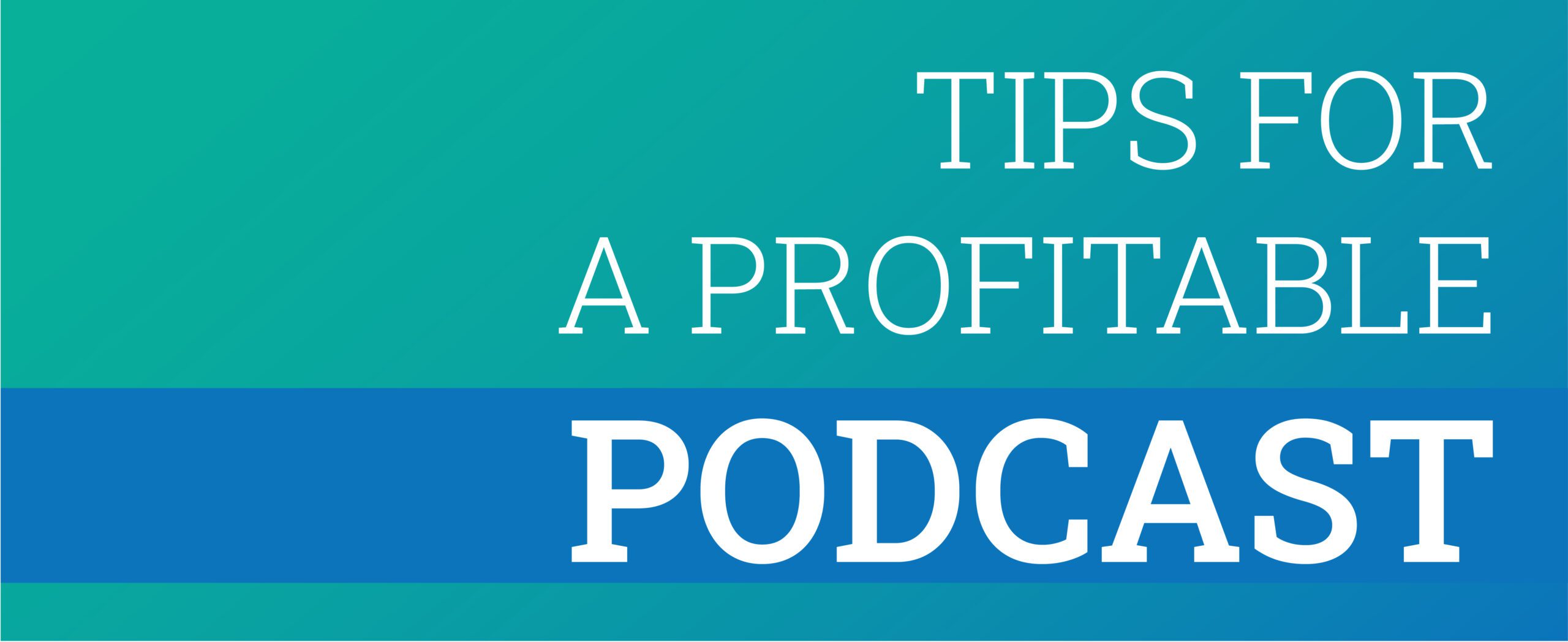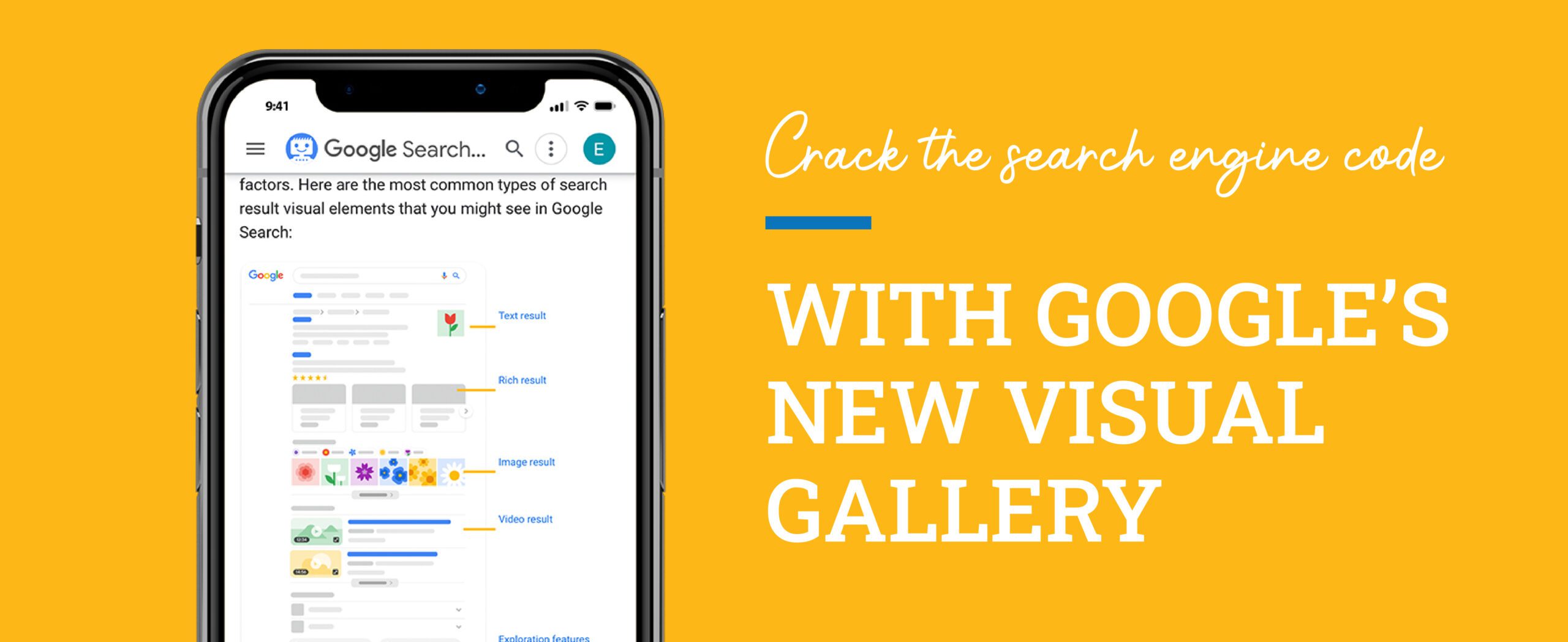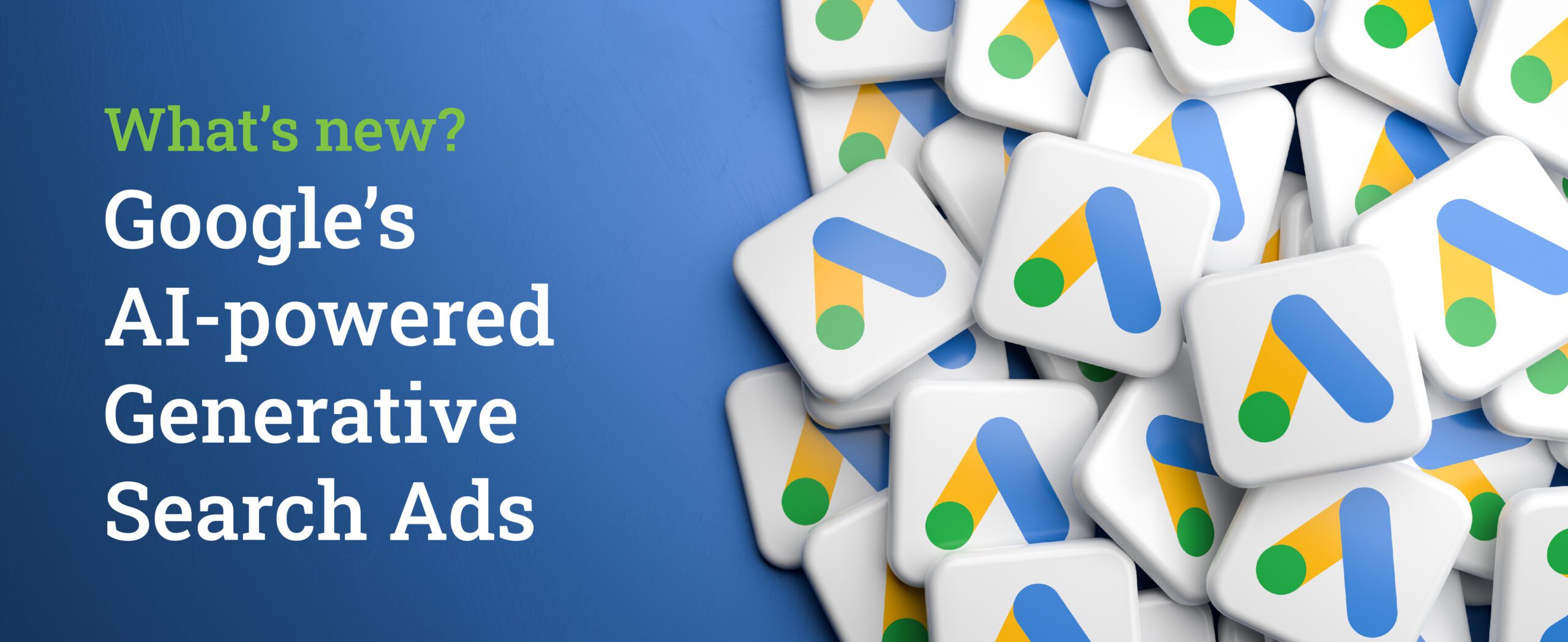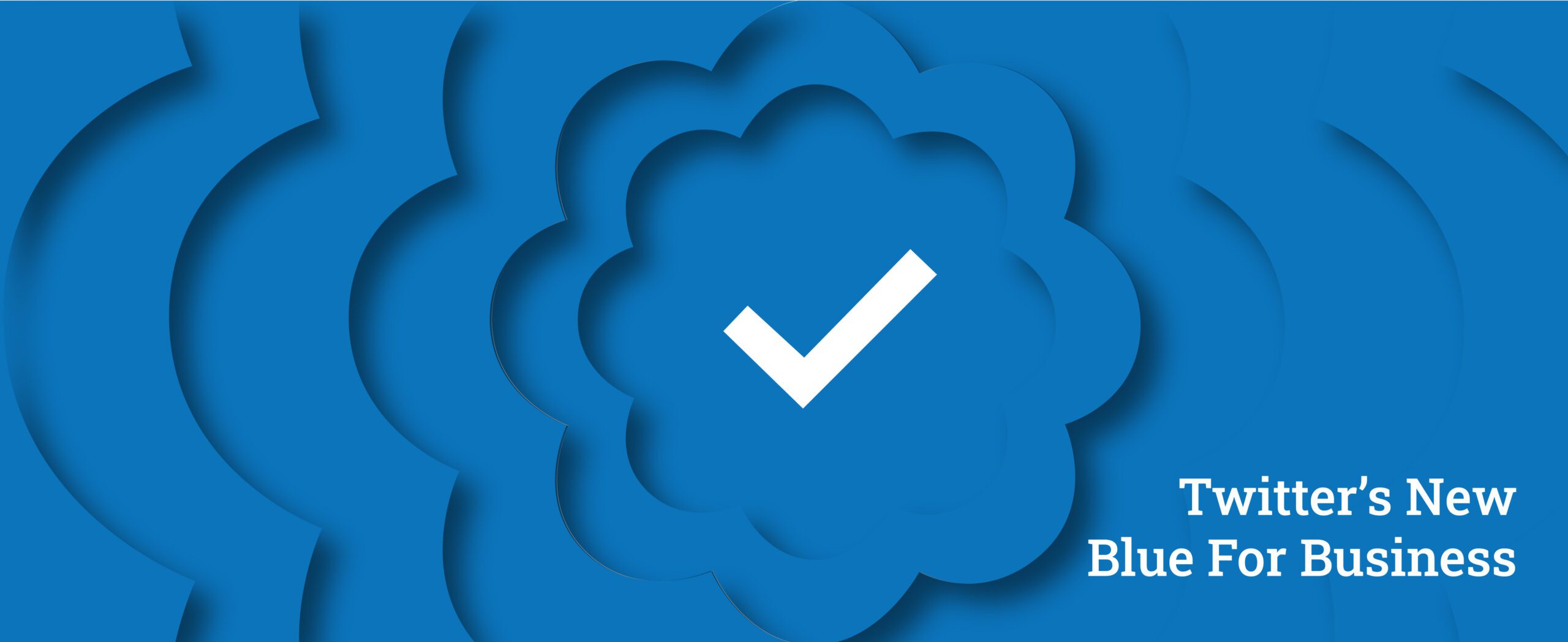This is the first article in a three-part series that breaks down the three critical elements of a successful multi-channel marketing campaign. Don’t miss Part 2: The Magic of “Compound Interest” and Part 3: Answering the Most Important Question.
It happened again today. Another client phone call that started with “It looks like our radio campaign is going well—maybe we should just focus on that next quarter.”
Sigh.
Don’t get me wrong. I get it. Clients often ask about The One Thing That Worked, so they can put all of their eggs in that basket, hoping to save money and maximize results at the same time. In the past, I would have agreed with them—when touchpoints were limited and isolated, it made sense to focus more intently on one or two marketing channels.
These days, however, eliminating a channel or narrowing your targets is risky. The minute you put all of your focus on the channel—and not the complete customer experience—you lose traction.
And traction is everything.
In this context, I like to think of multi-channel marketing like the all-wheel drive on an SUV. When the terrain is unknown, you don’t just want one wheel spinning. It takes all the wheels working together to keep you from getting stuck. Rain or shine, you know you’ve got what you need to keep making forward progress.
When done well, multi-channel marketing is highly effective, especially when companies trust the process, which includes three critical elements:
1. A multi-dimensional client journey
2. The idea of compound “interest”
3. And a strong start to the end game.
Let’s start with the first concept (and personal plea).
The goal of multi-channel marketing strategies isn’t to find which channel works best—it’s to find what works best on every channel you use. The primary objective is to find, engage, inform, compel, and increase leads as a whole to achieve business sales targets.
Remember, it’s not you, but, the customer who controls the buying process. They determine where they look for information, when they buy, how much they are willing to spend, and with what companies they’ll do business.
Marketers can only influence these decisions, usually by learning how to be in the right place, at the right time, with the right message.
This is only possible if you’re constantly refining your messaging on every platform. If you’re paying attention to the data (and we do), clear patterns will emerge. You’ll start to see which images grab their attention, on what pain points they identify most, and what copy makes them click.
Just like there isn’t “the one” marketing channel, there isn’t “the one” customer.
Today’s sales funnels are anything but a cattle chute (trust us, we’re based in Omaha. We know cattle chutes). Asking every customer to take the same path is not in anyone’s best interest.
1. You won’t learn much about your customer in the process.
2. You’ll narrow your field too far and shut out people you can help.
3. Customers who are “stuck” in the flow will have to be prodded along. And no one likes to be pushed.
That is what multi-channel marketing is all about—giving your audience multiple ways to create their client journey with you. It doesn’t matter how people get to Rome. It just matters that every road leads there.
You are much better off interacting and engaging with your audience in various ways, making each participation level and every decision point easier and easier to tip toward the Yes.
And another reason to stay the multi-channel course—the minute you stop targeting one platform is the minute your competitor takes over. Trust us—we do it with our competitors all the time.
This is how likes turn to leads, comments turn to customers, newsletters turn into new projects, and emails turn into engaged fans. Not because you told them exactly where to go next. Because you showed them the best way forward is with you.
Is your Facebook page ready for (more) business?
Download the MediaSpark Get Ready Guide to find out.
